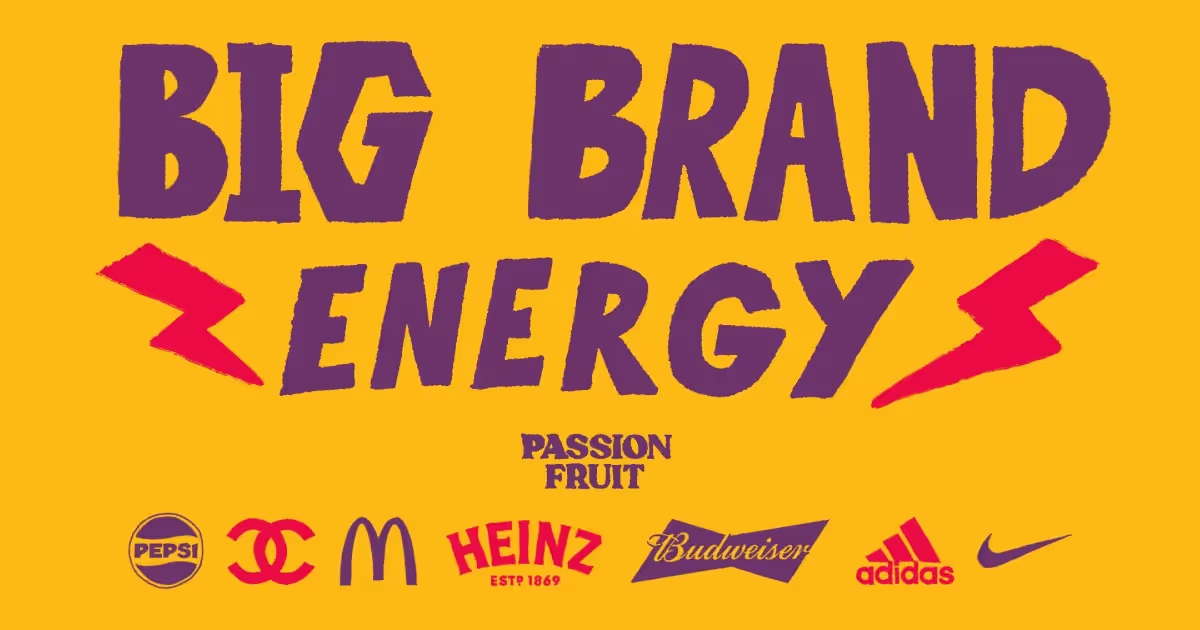It’s easy to feel sentimental on a day like today, and above all the mood in our camp is that’s there’s a long way to go. As the saying goes, we’re still in the first innings...
Nonetheless we have come a long way already, and this felt like an opportune moment to share a few of the lessons we’ve learnt so far. You’ll be pleased to know this isn’t a rambling post about how to build a unicorn in three easy steps - we’re not quite there yet. What it is a condensation of several key points that we’ve learnt - both ourselves and by speaking with thousands of other startup founders - about what it takes to make meaningful, “up-and-to-the-right” progress at the earliest stages of a startup.
We’ve read a lot of this stuff in the past and it tends to fall into two buckets. The first bucket is self-indulgent advice that feels like one long platitude - all too often written by people that have been close to the action but not properly in the trenches. The second bucket is concise and actionable - words that read as earned secrets from people who have covered choppy waters so you don’t have to. Our hope is that this falls into the second category, and on that basis it likely has more relevance for B2B companies.
So without further ado and in no particular order:
- Insert yourself in the middle of an interaction that’s already happening but exhaustingly sub-optimal for everyone involved, and make that interaction 3x faster, superior, easier or cheaper.
- 3x is a deliberate amount - find a way to quantify the speed, quality, utility or price of what’s currently being offered and then ensure your solution offers that at 3x.
- You have to be either exceptionally lucky or an exceptional visionary to invent a new market and succeed.
- If you’re not feeling the tug of the market, refine the market don’t transform the product.
- Get clear on who is willing to hear more about this solution because it sounds interesting vs who craves this solution to make them successful in their job?
- Everyone wants to be helpful when you’re starting out, but there’s a big gap between lending an ear and paying an invoice.
- Investment in the look and feel of your brand pays itself back within a few months.
- Early on, without social proof, you need somebody to take a chance on you and you can make it easier for them to do that by showing up and looking the part. (Once you’ve got social proof - sweat it as far as it can go through case studies)
- Yes, you can raise a round with a $50 logo, but increasingly you can raise at a more competitive price with proper branding.
- Build with network effects in mind from day one and you’ll see the results in year one.
- Paraphrasing the words of the great Yossi Vardi, think of your customers like bees that can pollinate other customers for you, if only you give them the tools to do so.
- If you don’t see results within 6 months, don’t panic and keep the faith.
- Optimise for head-nodding by creating a notebook of phrases that your users say.
- Pick up on language that your customer base uses time and again, and create a bible for everyone on your team to see.
- Tweak your product marketing to come across as though delivered by an insider on the outside - someone who understands the internal problem so well that they’ve made this new, external solution.
- Assume that people are too busy, rather than they’re uninterested.
- “Three strikes and you’re out” is a good rule of thumb for polite chasing, and intervals of three working days is best - two via email, one via LinkedIn just in case your message went to spam.
- Paid marketing is a rich person’s game.
- By all means use it to get a handle on customer acquisition costs over a 3 month experimentation phase - but if it becomes a crutch early on you’ll find it hard to ween yourself off it.
- A well written cold email (1. short, 2. personalised, 3. written in simple English) is the most efficient and cost-effective tool that you own.
- Some lessons can only be learned through experience.
- Lists like these will take you some of the way but part of the process is the pain and joy that comes by making mistakes and getting results having learnt your own lessons.







